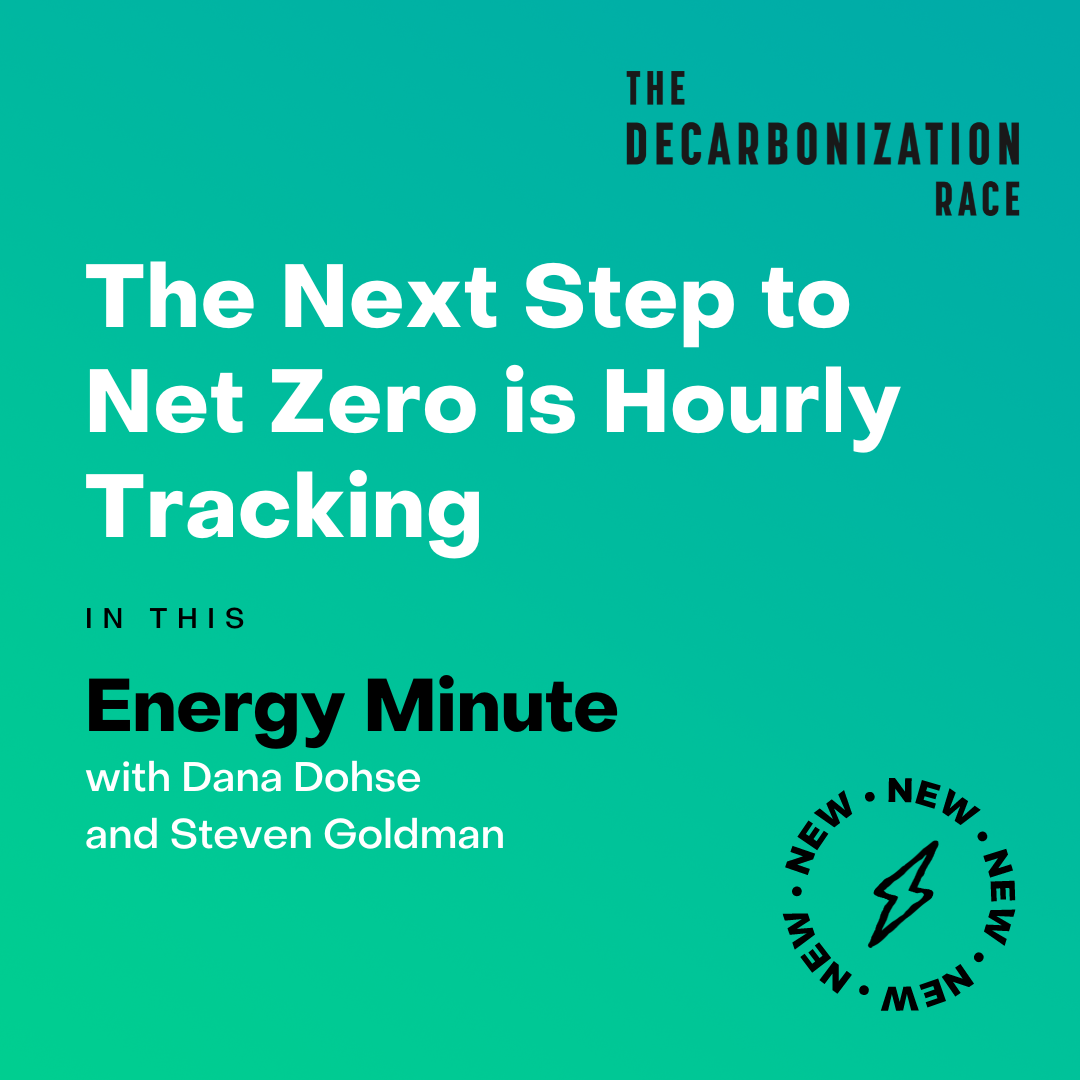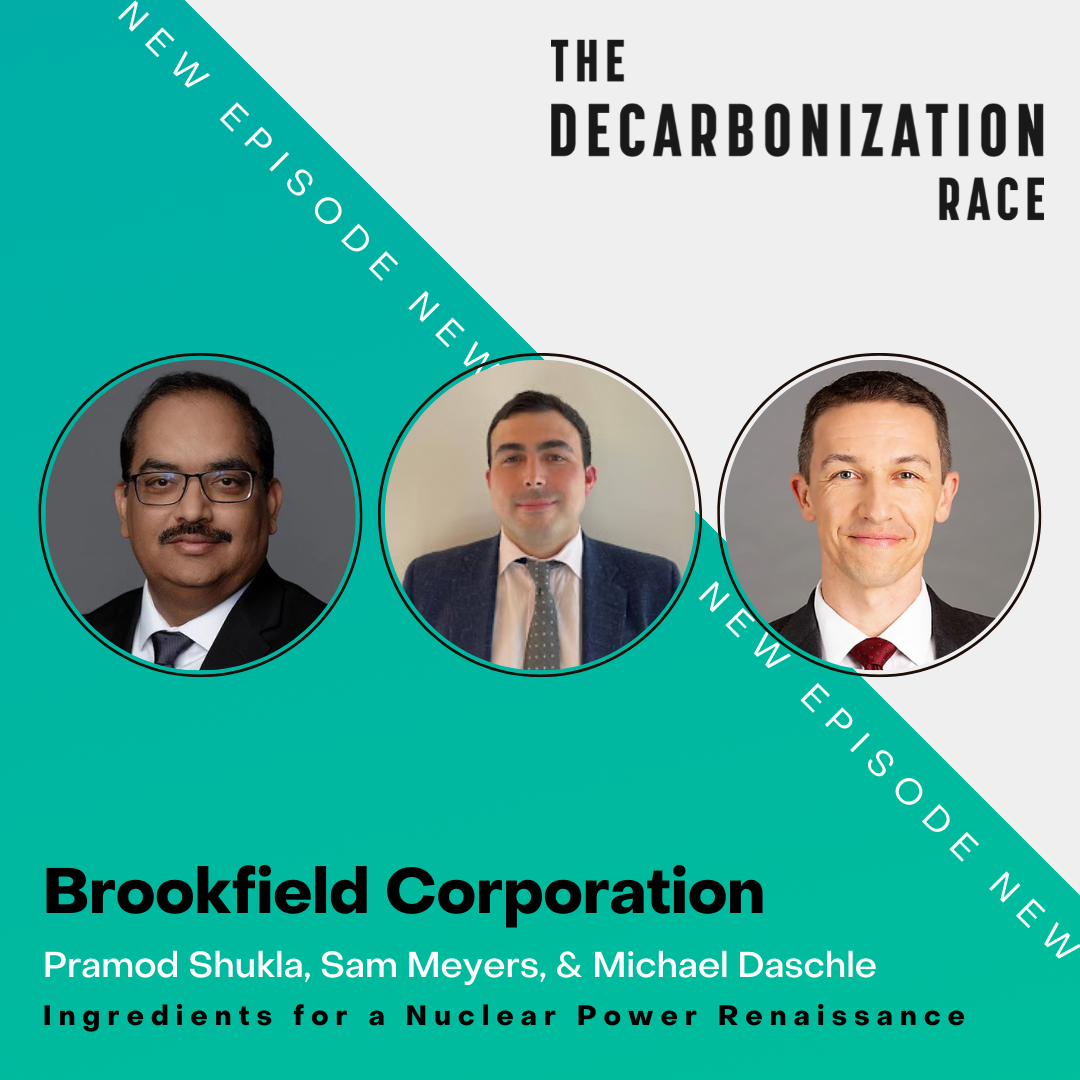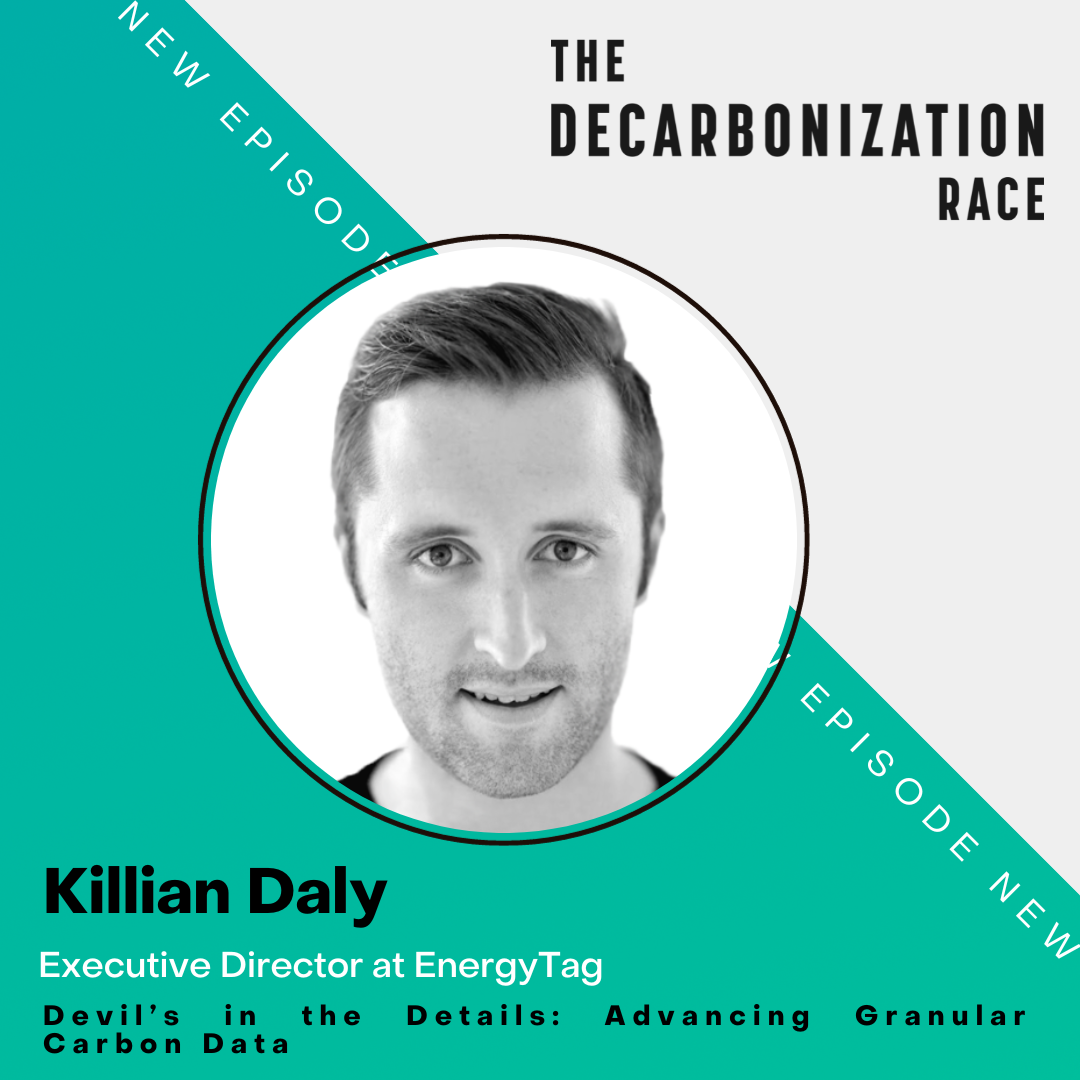Energy Minute: The Next Step to Net Zero is Hourly Tracking
This Energy Minute episode is about obtaining the best available data to inform your energy decisions. Tracking energy and by extension, carbon data by the hour provides granular-level insights you can’t get from a monthly utility bill. By switching from monthly to hourly emissions reporting, energy procurement and ESG/sustainability teams gain a deeper understanding of their firm’s carbon mix—consumption versus energy sources—and can monitor their decarbonization progress more effectively.

How can companies better work towards meeting their clean energy adoption goals?
This Energy Minute episode is about obtaining the best available data to inform your energy decisions. Tracking energy and by extension, carbon data by the hour provides granular-level insights you can’t get from a monthly utility bill. By switching from monthly to hourly emissions reporting, energy procurement and ESG/sustainability teams gain a deeper understanding of their firm’s carbon mix—consumption versus energy sources—and can monitor their decarbonization progress more effectively.
Tune in to learn more about how using more granular hourly data can help close the gaps in your company’s energy load.
Key Takeaways
- Renewable energy sources vary significantly by the hour depending on atmospheric changes
- More large-scale battery systems and other forms of energy storage are needed to fully decarbonize the grid
- Hourly tracking provides granular-level insights you can’t get from a monthly utility bill
Transcript
Dana Dohse: Welcome to this week’s Energy Minute, brought to you by Cleartrace. I’m Dana Dohse.
Steven Goldman: And I’m Steve Goldman.
Dana Dohse: On this episode, we’re going to be talking about the shift from relying on monthly or annual data, to tracking energy and carbon at the hourly level, and what that deeper level of data sets companies up to do.
Steven Goldman: Most companies start to understand electricity and carbon emissions through their monthly utility bills. You open it, and you can see the local grid mix. What power sources are providing electricity into your region, what you’re paying, and if you squint really hard at the fine print, how much of it goes to generation, versus transmission, versus other charges.
Dana Dohse: Right. Even if you read all the fine print, at the end of the day, it only tells you so much about how your electricity is sourced, and when it was delivered to your facilities. At best, you may have a graph of your daily electricity use. So why is that an issue?
Steven Goldman: Typically, companies can calculate their monthly emissions from information provided, or from a grid emissions factor source, like Electricity Maps or the EPA’s eGRID database. That’s enough information, right?
Dana Dohse: For most companies, that’s good enough, or simply the best available data.
Steven Goldman: But if you’re looking to decarbonize hour by hour, as in the case of Iron Mountain, and others, you need to understand your electricity consumption and supply at a more detailed level, to know how they line up, and where the gaps are.
Dana Dohse: Right. On an hourly basis, the sources of electricity feeding into the grid can vary significantly. Solar power ramps up, delivers across much of the afternoon, and starts ramping down just as people are coming home and using more power. And you have variability across the day from cloud cover. Wind power also varies across the day and night. And more forms of energy storage, like pump hydropower and large scale battery systems, are being added to the grid to capture excess renewable energy, and inject back into the grid when it’s needed most.
Steven Goldman: Getting data at the hourly level enables companies to see where the gaps are at a much more granular level, meaning where they’re drawing power simply from the local grid mix as clean or dirty as it is, as opposed to clean energy procured via power purchase agreements or via RECs. Then their energy procurement teams can work with their sustainability teams to purchase clean energy in ways that not only meet their cost targets, but are also actually supplying directly, or offsetting energy, when it’s being consumed by their facilities.
Dana Dohse: Not every company is ready to go full-steam ahead on a 24/7 carbon-free energy strategy. In fact, few are at that point. But getting a better understanding of your energy and carbon mix can help your procurement teams focus their efforts. For example, if your facility loads are heaviest during the day, installing onsite solar, or procuring solar power, may be a better match for your consumption than wind power or other resources, and that can lower your carbon impact in the process.
Thanks for joining us for this week’s Energy Minute. For more of the latest news in sustainability and decarbonization, visit cleartrace.io.










